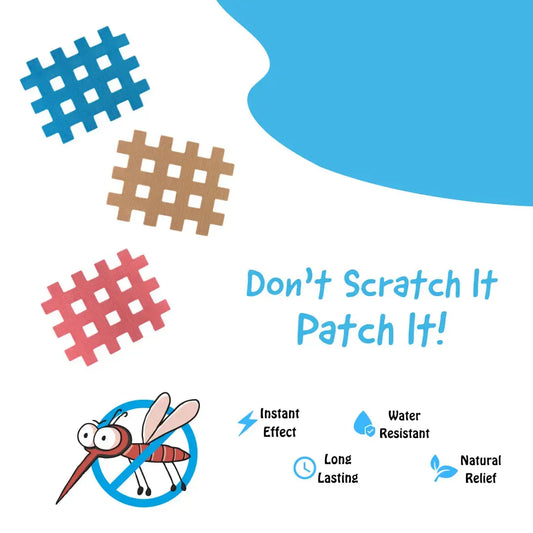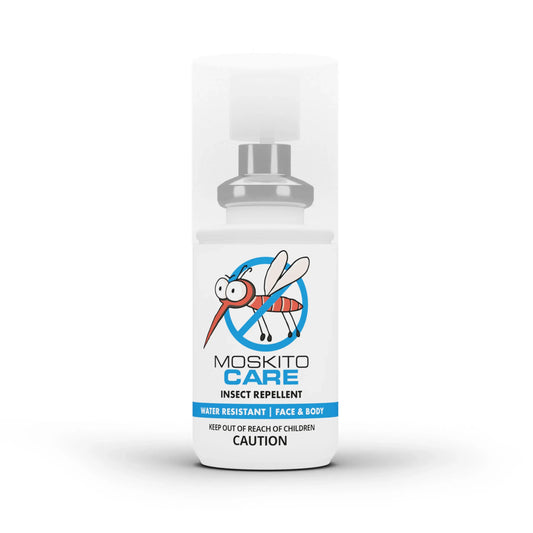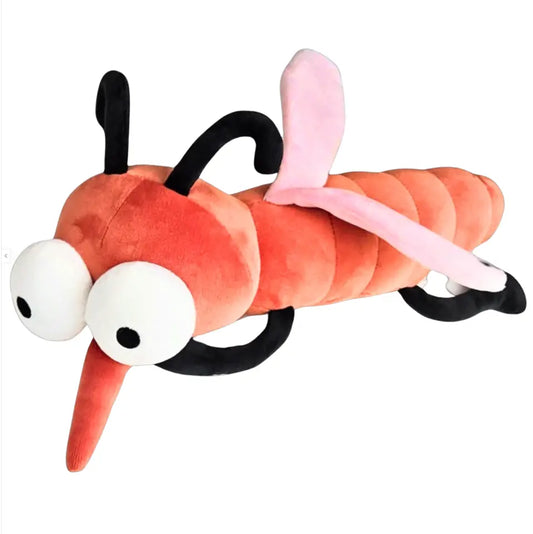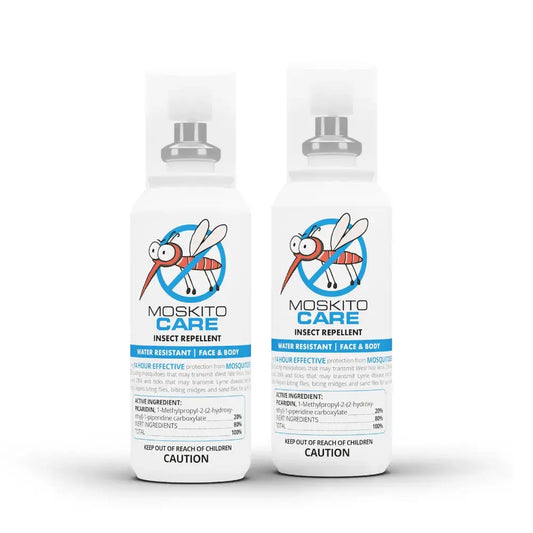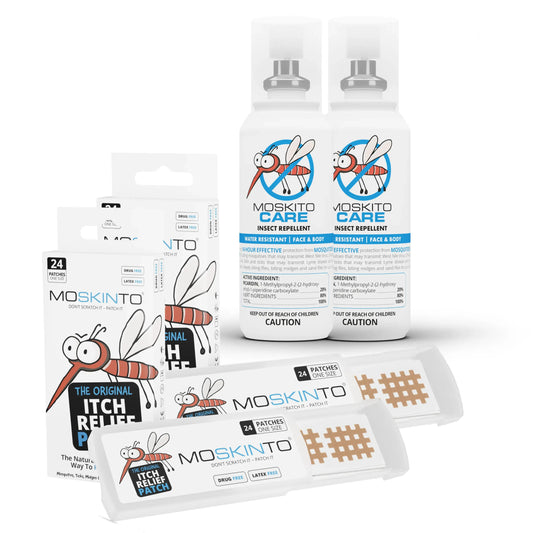The Buzz on Disease: How Mosquito Species and Their Habits Propel the Malaria Epidemic
Welcome to an insightful journey into the microscopic yet monumental world of mosquitoes and malaria. In order to truly comprehend the relentless spread of this debilitating disease, one must first understand the intricate role of various mosquito species in the transmission of diseases. As we delve into the lives of these tiny vectors, from the Anopheles to the Aedes, crucial distinctions in behavior and breeding come to light, dictating their capacity to carry and disseminate the malaria parasite.
Yet, it is not merely the type of mosquito which governs the danger; their feeding habits and breeding cycles are equally influential in the propagation of malaria. An exploration into their nocturnal blood meals and water-loving larvae unveils a stark picture of how human environments might inadvertently cater to their perilous reproduction.
Join us as we unravel the complex web of factors that enable these winged assailants to continue their deadly mission, thereby shining a spotlight on the underlying drivers of malaria's reach. Through education and understanding, we hope to empower individuals and communities with the knowledge required to counteract the impact of mosquito behavior on the spread of malaria effectively.
Disease Transmission Mechanism
The mechanism by which malaria is transmitted is both fascinating and critical for devising strategies to control the disease. The journey begins when a female Anopheles mosquito, seeking a blood meal for her eggs' nourishment, inadvertently picks up the malaria parasite by biting an infected person.
How Malaria is Transmitted Through Mosquito Bites
Inside the mosquito, the parasites undergo part of their complex lifecycle and become infective to humans. When this infected mosquito bites another person, the parasites are passed into the human's bloodstream. This is the crucial moment when the malaria transmission takes place. The injected parasites travel to the liver, where they mature and reproduce, before re-entering the bloodstream and infecting red blood cells, leading to the symptoms of malaria.
The Importance of Understanding Transmission for Effective Control Measures
Understanding this transmission mechanism is vital for developing effective malaria control measures. By breaking this cycle, we can prevent the spread of malaria. Strategies can range from reducing mosquito populations to preventing bites, as well as interrupting the parasite's development within the mosquito. Effective control measures are necessary not just for individual protection but for public health as a whole, aiming to reduce and ultimately stop the transmission of malaria.
- Targeting mosquito breeding sites helps in reducing the mosquito population.
- Using insecticide-treated bed nets and indoor residual sprays are methods to prevent mosquito bites.
- Treating individuals with anti-malarial medications can reduce the transmission from humans to mosquitoes.
The Human Aspect: Infection in Humans
Malaria, a potentially life-threatening disease, has a significant human aspect that requires close attention. Recognizing malaria and understanding its impact on humans is critical for both individual and public health management.
Recognizing Malaria as a Human Disease
Malaria is an infectious disease primarily caused by Plasmodium parasites, which are transmitted through the bites of infected female Anopheles mosquitoes. As a human disease, malaria has afflicted populations for thousands of years, shaping history and continuing to be a major health concern in many regions worldwide.
Stages of Infection and Disease Development in Humans
- Incubation Period: After the initial mosquito bite, the parasites travel through the bloodstream to the liver, where they multiply.
- Invasion of Red Blood Cells: The parasites then re-enter the bloodstream and invade red blood cells, leading to cycles of fever, chills, and other symptoms.
- Disease Manifestation: If left untreated, malaria can result in severe complications, including anemia, cerebral malaria, and organ failure.
Impact on Human Health and Wellbeing
The impact of malaria on human health and wellbeing cannot be overstated. Every year, millions are infected, leading to hundreds of thousands of deaths, predominantly in children under the age of five. This disease disproportionately affects poor and vulnerable populations, causing chronic health issues, and hampering economic development.
Malaria's reach extends beyond physical suffering, as it also has psychological, social, and economic ramifications, making its eradication a top priority in the public health sectors of affected countries.
Geographic Distribution of Malaria
Malaria's Reach: Mapping the Mosquito Menace - Despite significant progress in combating the disease, malaria remains a leading cause of death in many tropical and subtropical regions. The malaria map is complex, as the disease is endemic in over 90 countries, making it a health threat to half of the world's population. These areas include large swaths of Africa, Southeast Asia, the Eastern Mediterranean, the Western Pacific, and parts of the Americas. In these regions, the local climate and ecological conditions allow mosquito populations to thrive and infect humans with the malaria parasite.
Climate Change and Malaria's Movement - Climate variables such as temperature, humidity, and rainfall patterns play a crucial role in determining where mosquitoes can live and how actively they can transmit malaria. As global temperatures rise, the fear is that malaria will expand its reach, potentially affecting populations that have previously been spared. Higher temperatures can shorten the malaria parasite's development cycle within the mosquito, leading to more efficient transmission. Moreover, changes in precipitation can create new breeding grounds for mosquitoes, further facilitating the spread of the disease.
- The core malaria zone could shift or expand, potentially exposing new populations to the risk of infection.
- Previously malaria-free areas might have to implement new health measures to monitor and control the disease.
- Existing malaria hotspots could experience more prolonged transmission seasons, with a potential rise in cases.
Personal Protection Measures Against Mosquitoes
Malaria prevention involves not only community-wide efforts but also individual actions. Personal protection against mosquito bites is a critical factor in reducing the risk of malaria infection. Here, we outline ways individuals can shield themselves from mosquitoes and the importance of correctly using repellents and protective clothing.
Shielding Yourself from Mosquito Bites
To minimize the chances of getting bitten by mosquitoes carrying the malaria parasite, consider the following personal protective measures:
- Stay indoors during peak mosquito biting times, typically from dusk to dawn.
- Use mosquito nets, preferably insecticide-treated nets (ITNs), over beds to provide a barrier against mosquitoes while sleeping.
- Install screens on windows and doors to prevent mosquitoes from entering living spaces.
- Consider the use of air conditioning or fans, as these can reduce the likelihood of mosquitoes flying and biting indoors.
Repellents and Protective Clothing
Repellents and specially designed clothing can also decrease the risk of mosquito bites:
- Apply insect repellent to exposed skin and clothing, according to the product's instructions. Look for repellents containing DEET, picaridin, IR3535, or oil of lemon eucalyptus (OLE), as these are proven effective.
- Wear long-sleeved shirts and long pants when spending time outside, especially in areas with high mosquito populations.
- Treat clothing and gear with permethrin, or purchase pre-treated items for added protection.
- Dress in light-colored clothing, as this can be less attractive to some mosquito species compared to darker colors.
Symptoms and Diagnosis of Malaria
Malaria is a serious and sometimes life-threatening disease that presents a variety of symptoms in infected individuals. Recognizing these symptoms is crucial for prompt diagnosis and treatment.
Common Symptoms of Malaria
Individuals infected with malaria commonly experience a wide range of symptoms, which can be similar to the flu, making it challenging to diagnose without medical testing. The most common symptoms include:
- Fever and chills: Sudden high fever accompanied by chills is a classic symptom.
- Headache: Persistent headaches are common and can be severe.
- Nausea and vomiting: These symptoms are often reported by those suffering from malaria.
- Muscle pains and fatigue: Generalized body aches and extreme tiredness are frequently experienced.
- Abdominal discomfort: Abdominal pain and diarrhea may also be present.
- Anemia: Due to the destruction of red blood cells by the parasite.
- Jaundice: Yellowing of the skin and eyes can occur as a result of liver dysfunction.
Diagnosis of Malaria
To confirm the presence of malaria, a medical professional will typically conduct:
- Blood tests: A sample of blood will be examined under a microscope to check for malaria parasites.
- Rapid diagnostic tests (RDTs): These tests can provide results quickly but may not be as accurate as blood microscopy.
- Additional diagnostic methods: In some cases, advanced molecular tests like polymerase chain reaction (PCR) are used to detect traces of the parasite's genetic material.
The Necessity for Ongoing Research and Adaptation of Strategies
Ongoing research and the continuous adaptation of eradication strategies are imperative to outrun the evolutionary clock of mosquitoes and parasites. Innovations in biotechnology, surveillance systems, and information dissemination are just the tip of the iceberg when it comes to potential solutions. However, these demand unwavering commitment and collaboration from global health communities, researchers, and policy-makers to become integral parts of our world's malaria response.
- Logistical Challenges: Distribution of malaria control aids to remote areas
- Financial Constraints: Insufficient funding and resources allocation
- Ecological Hurdles: Adapting control measures to diverse mosquito habitats
- Drug Resistance: Adaptation of the malaria parasite causing treatment failures
- Insecticide Resistance: Decreased mosquito control effectiveness
- Research and Innovation: Need for new tools and strategies to combat malaria


